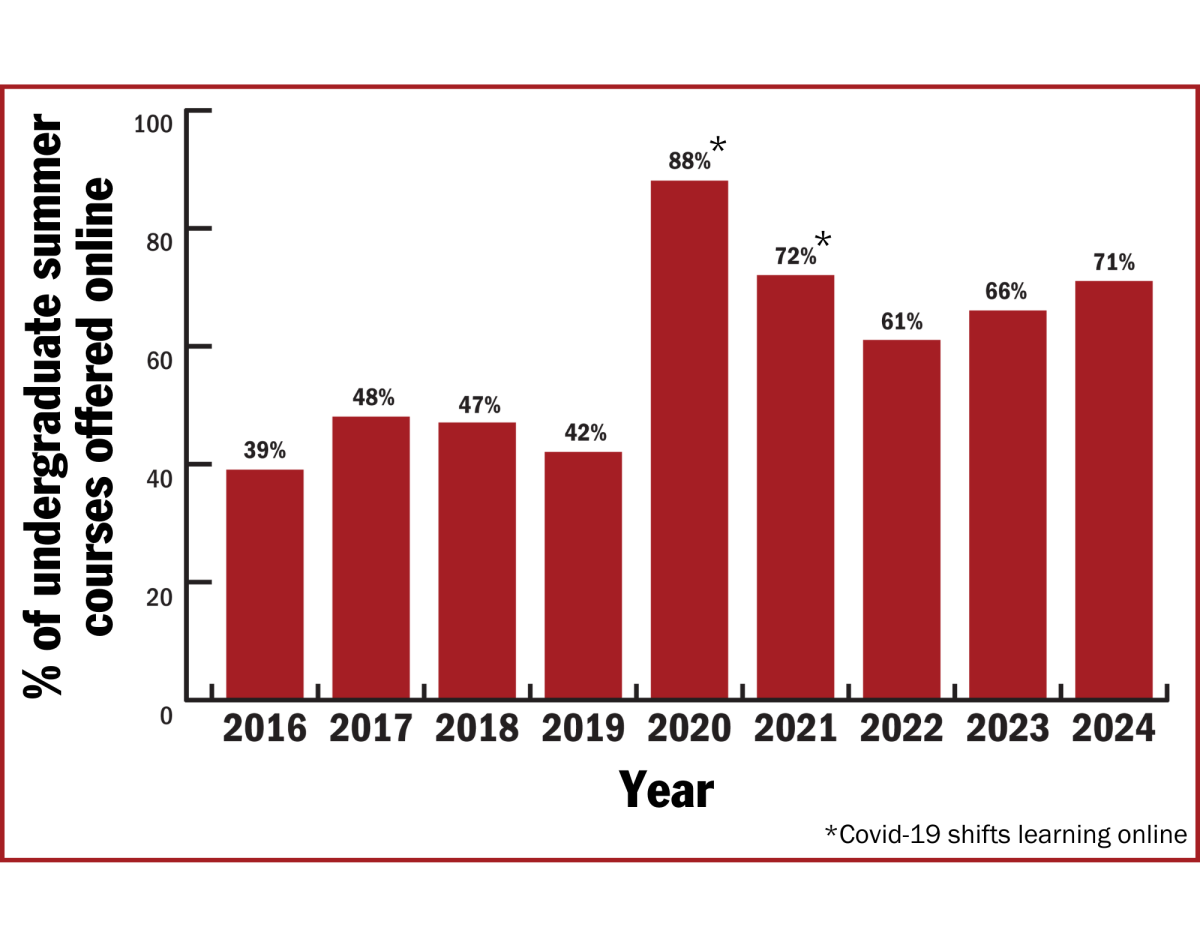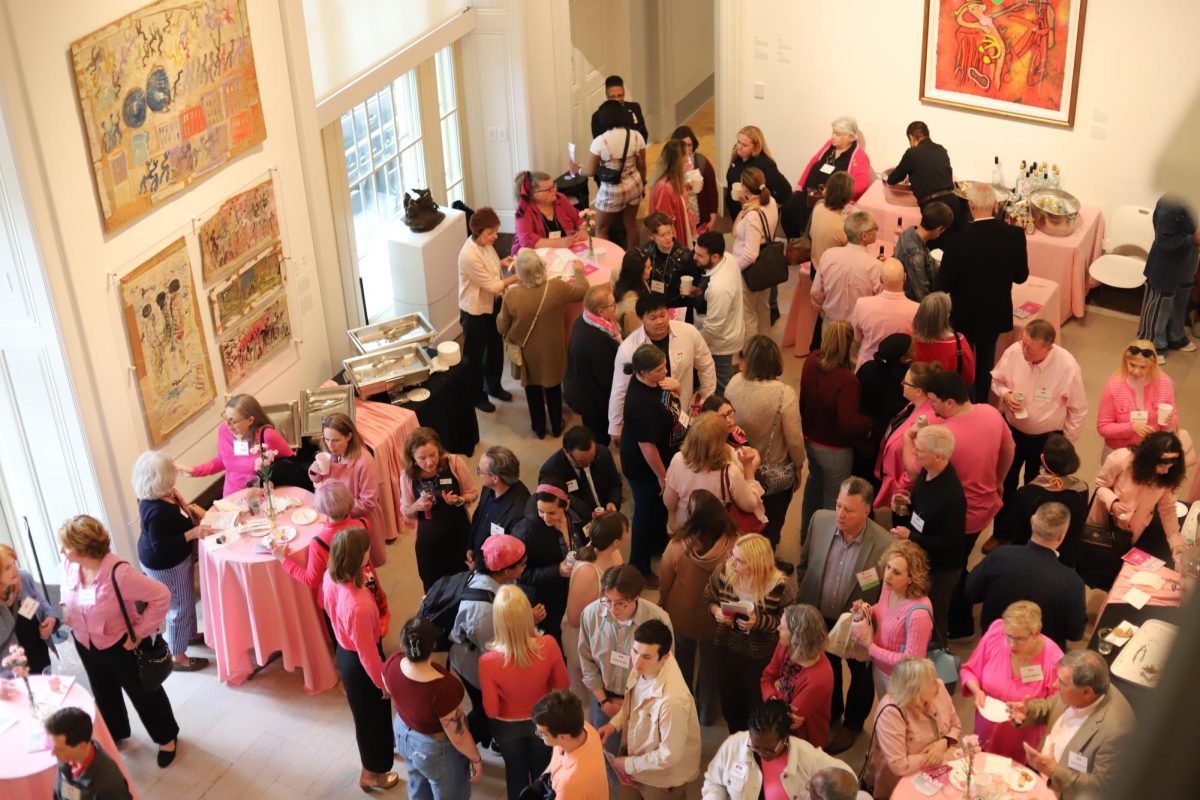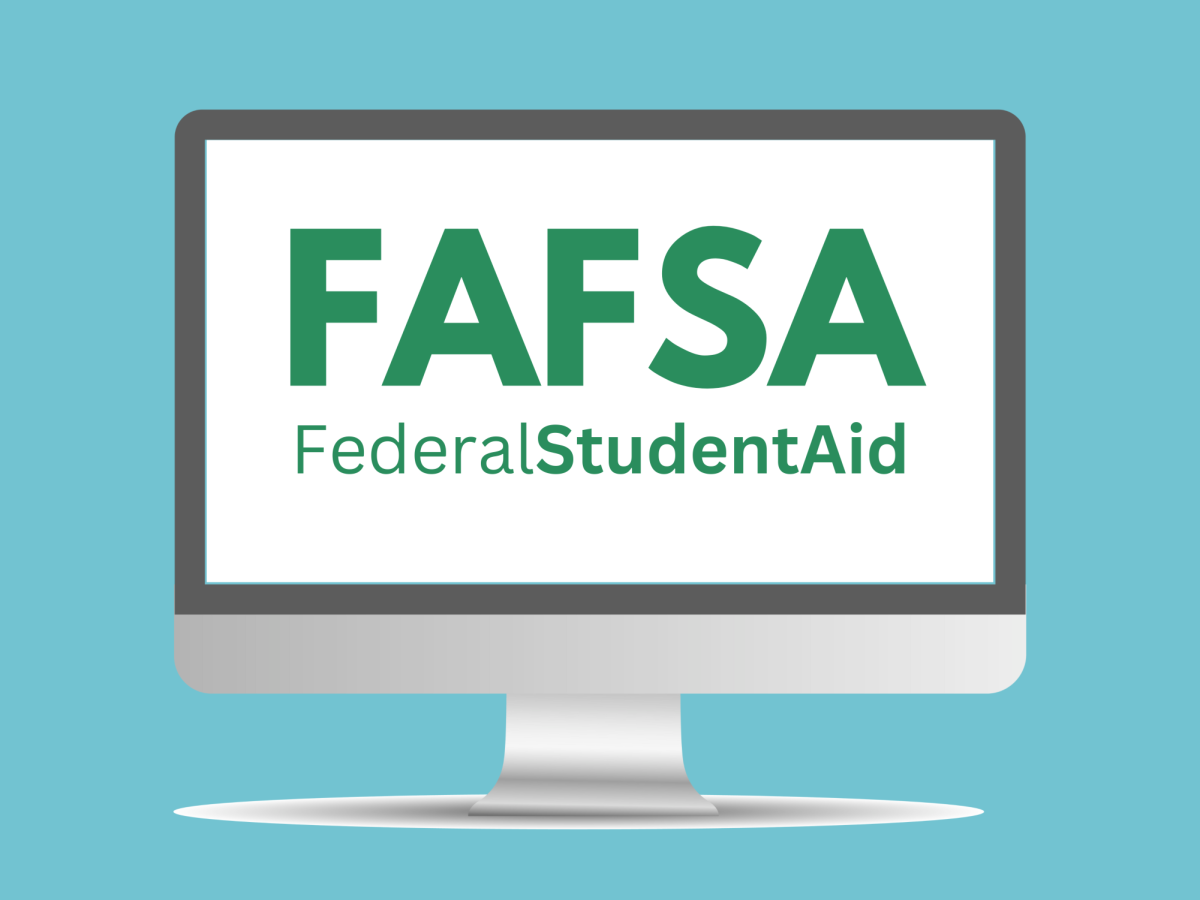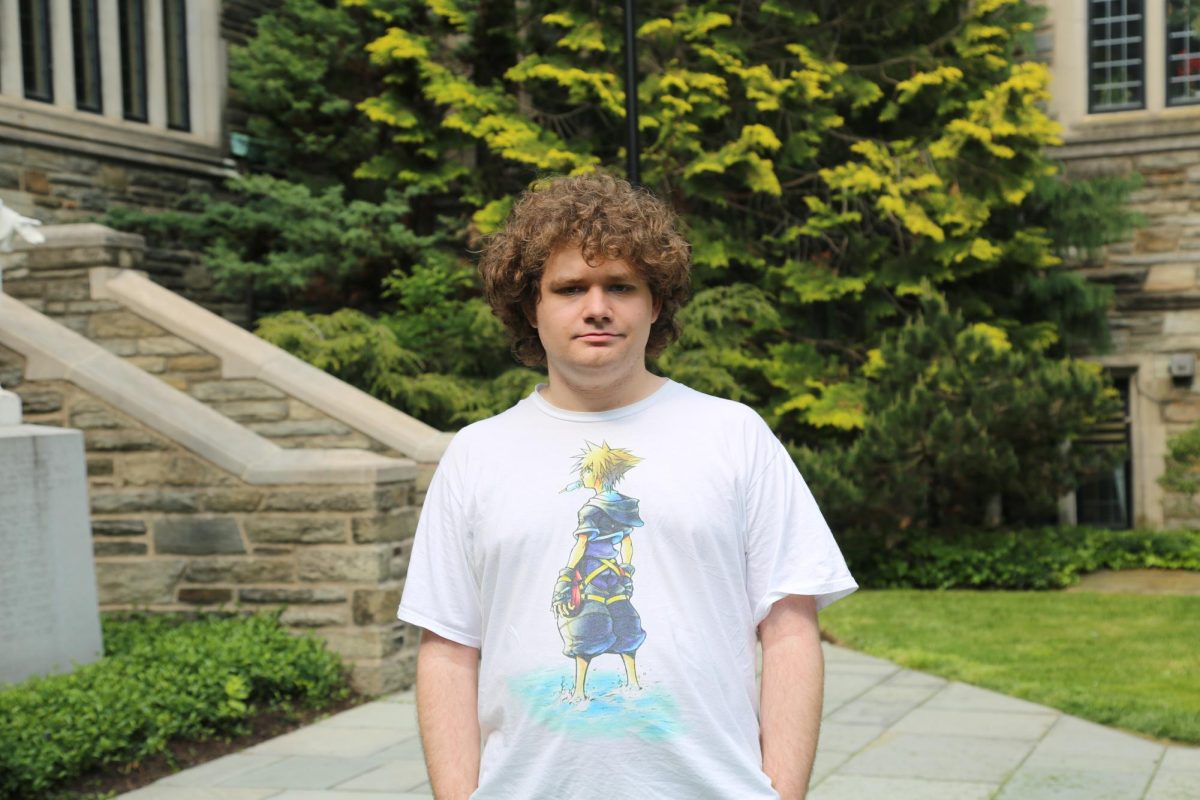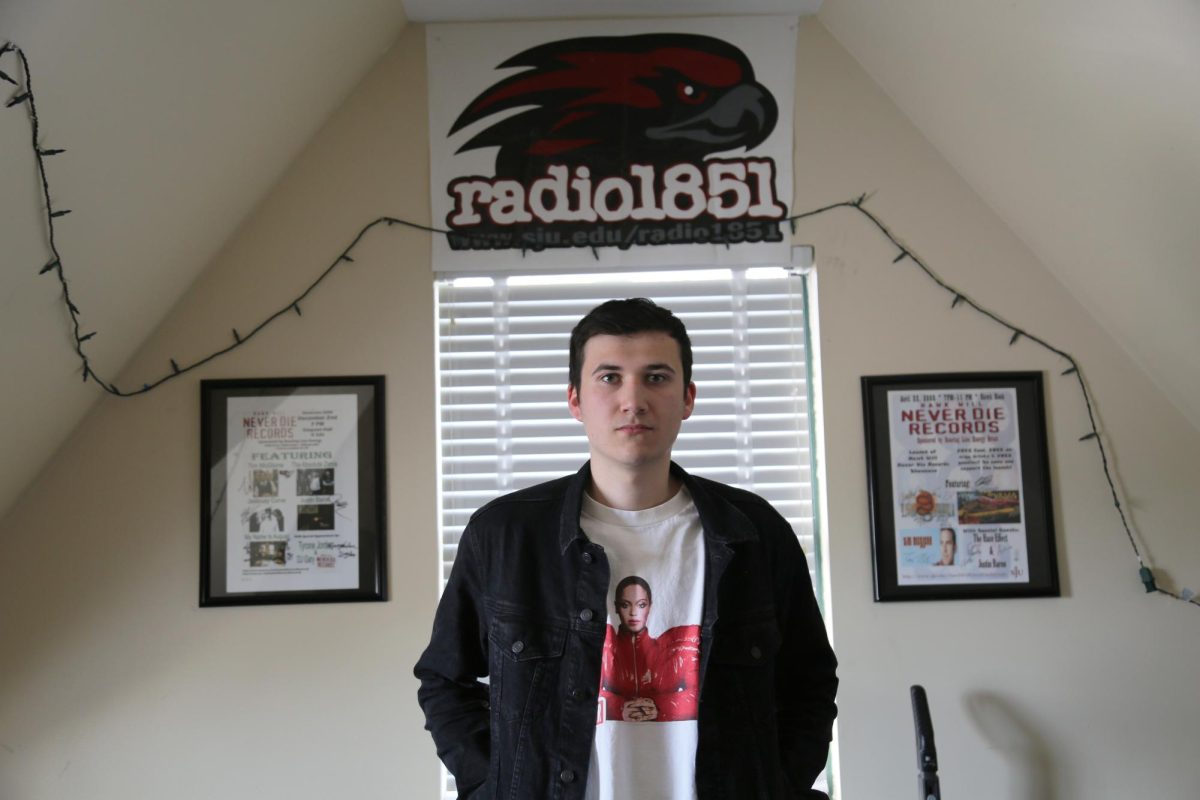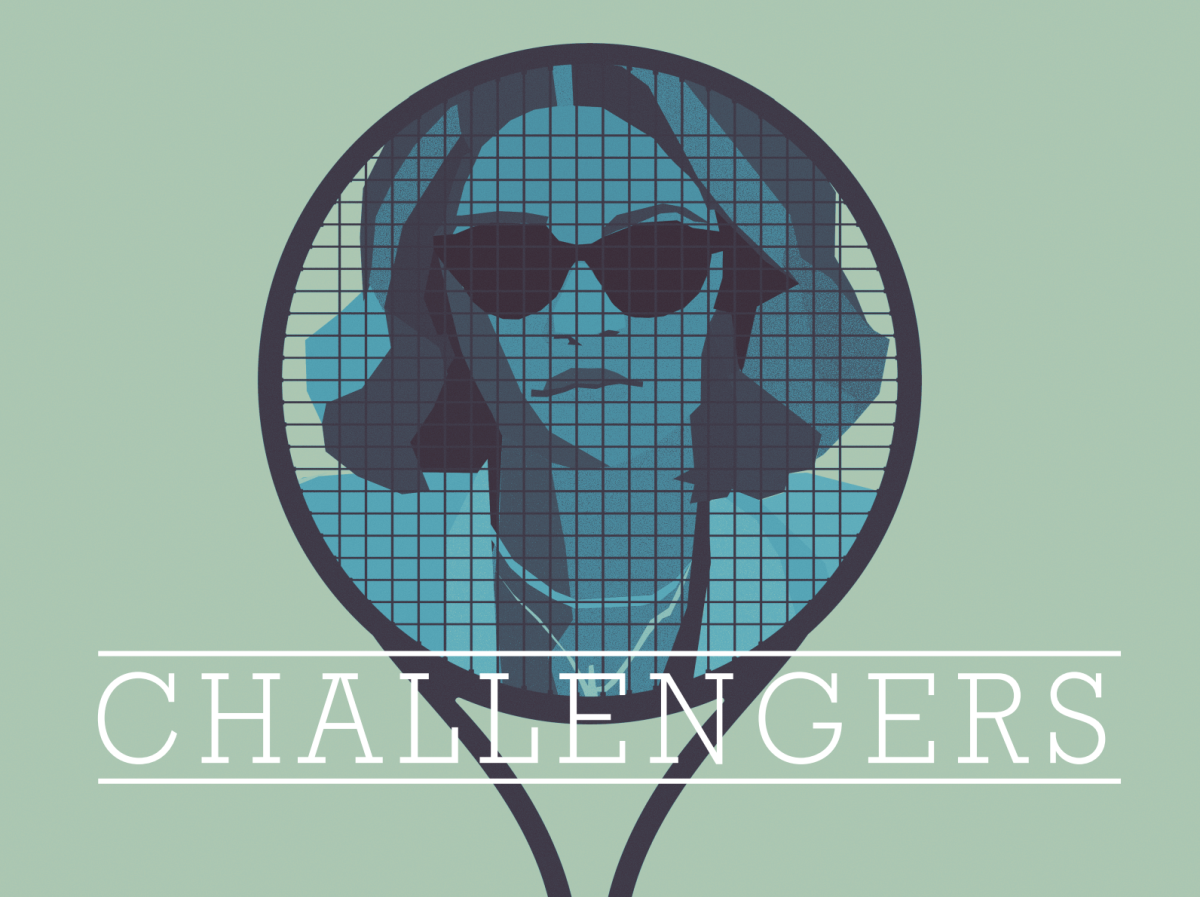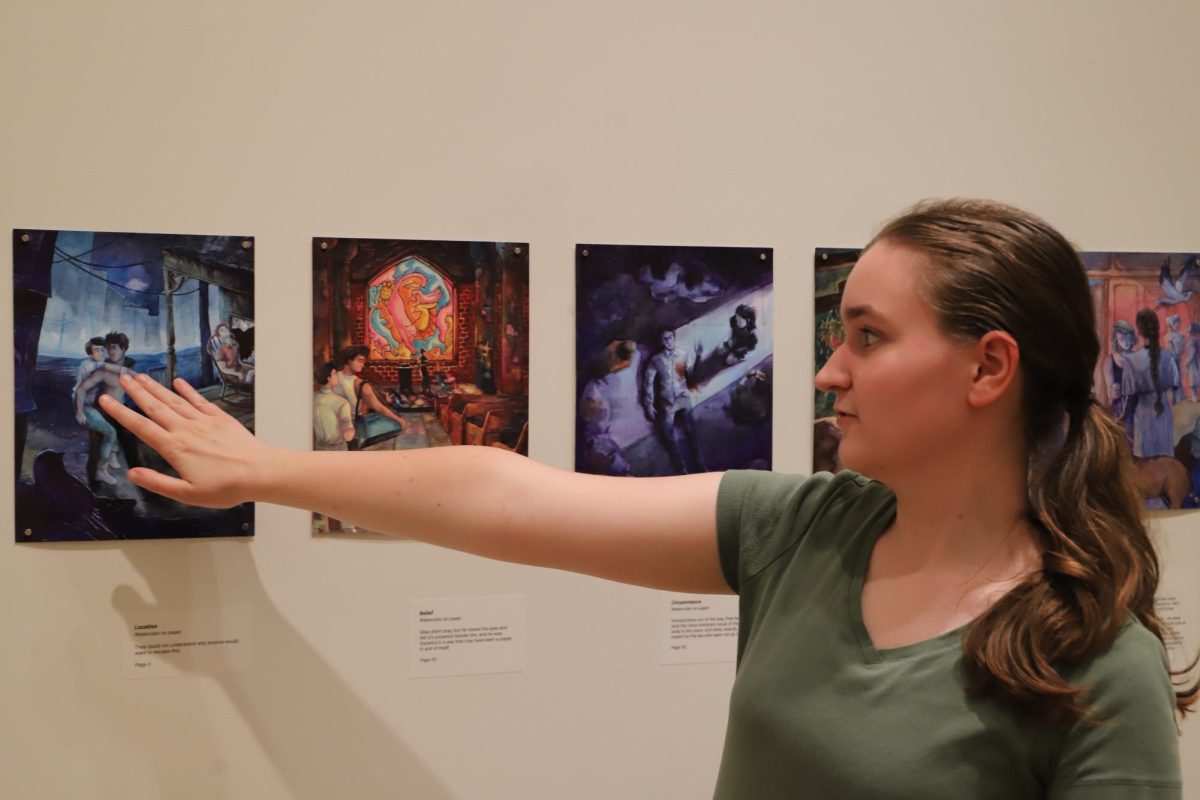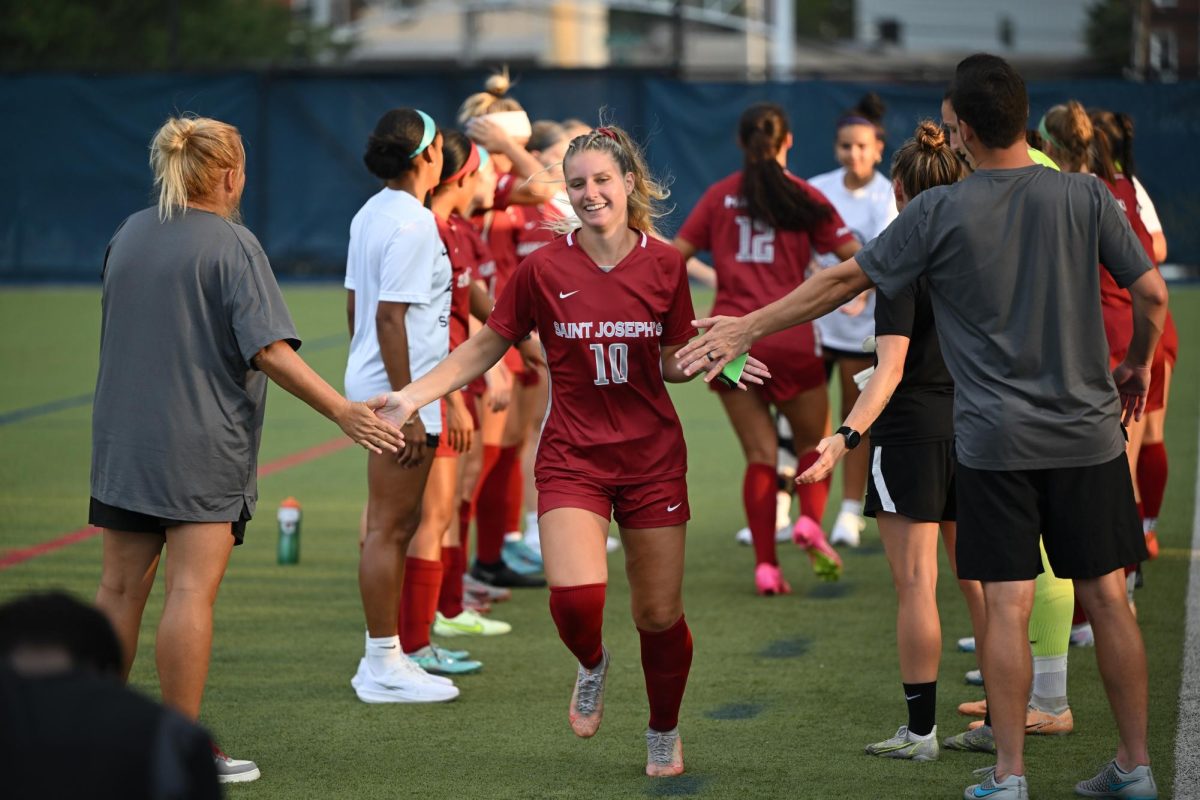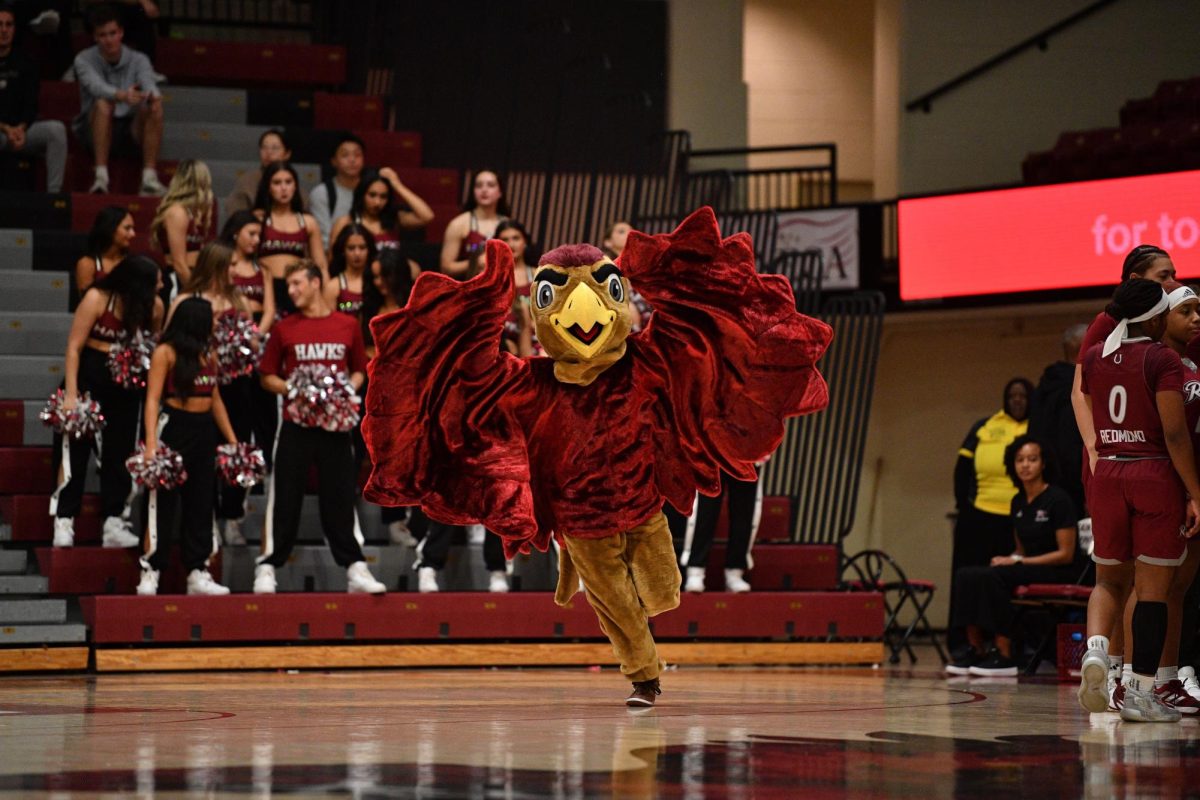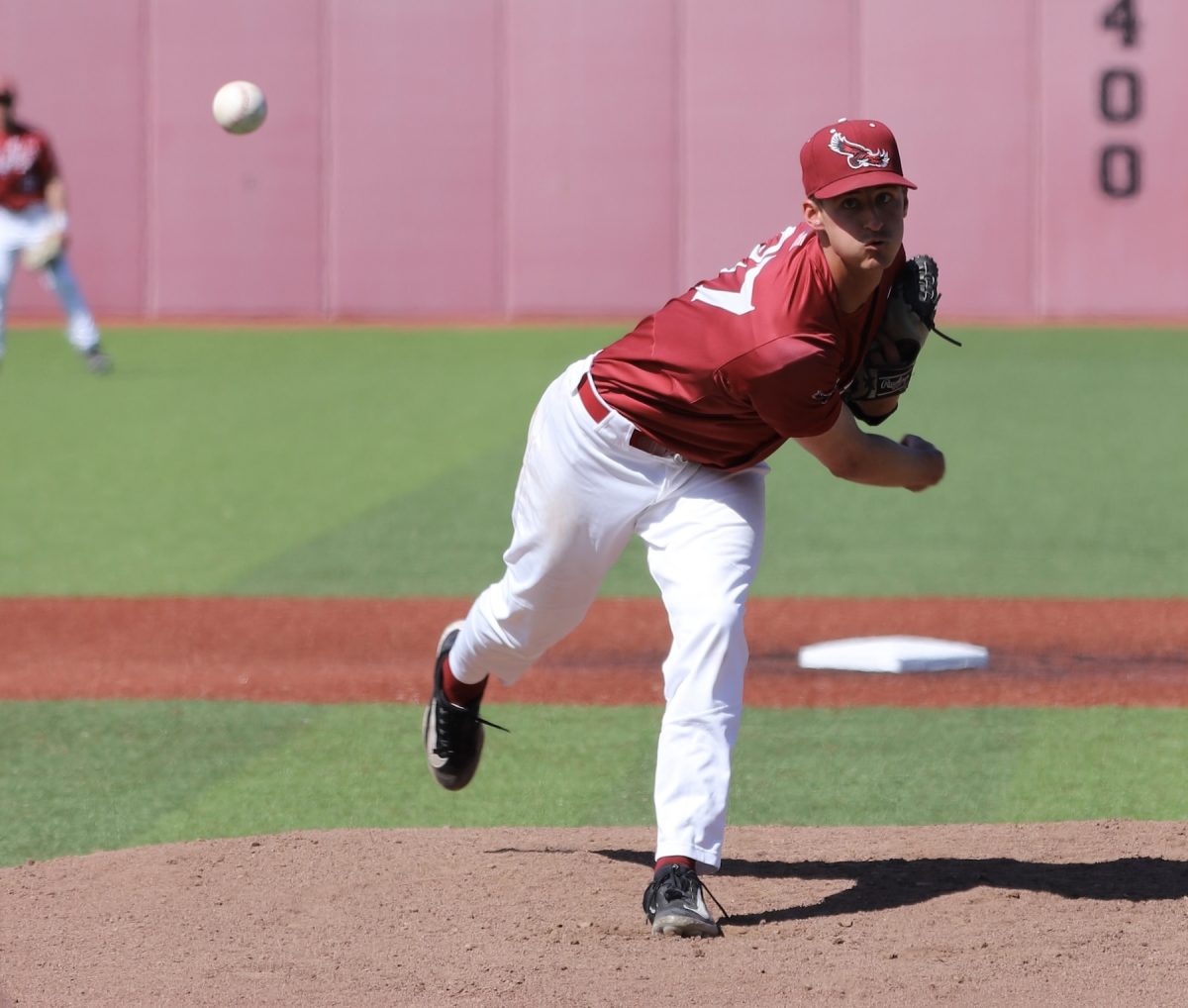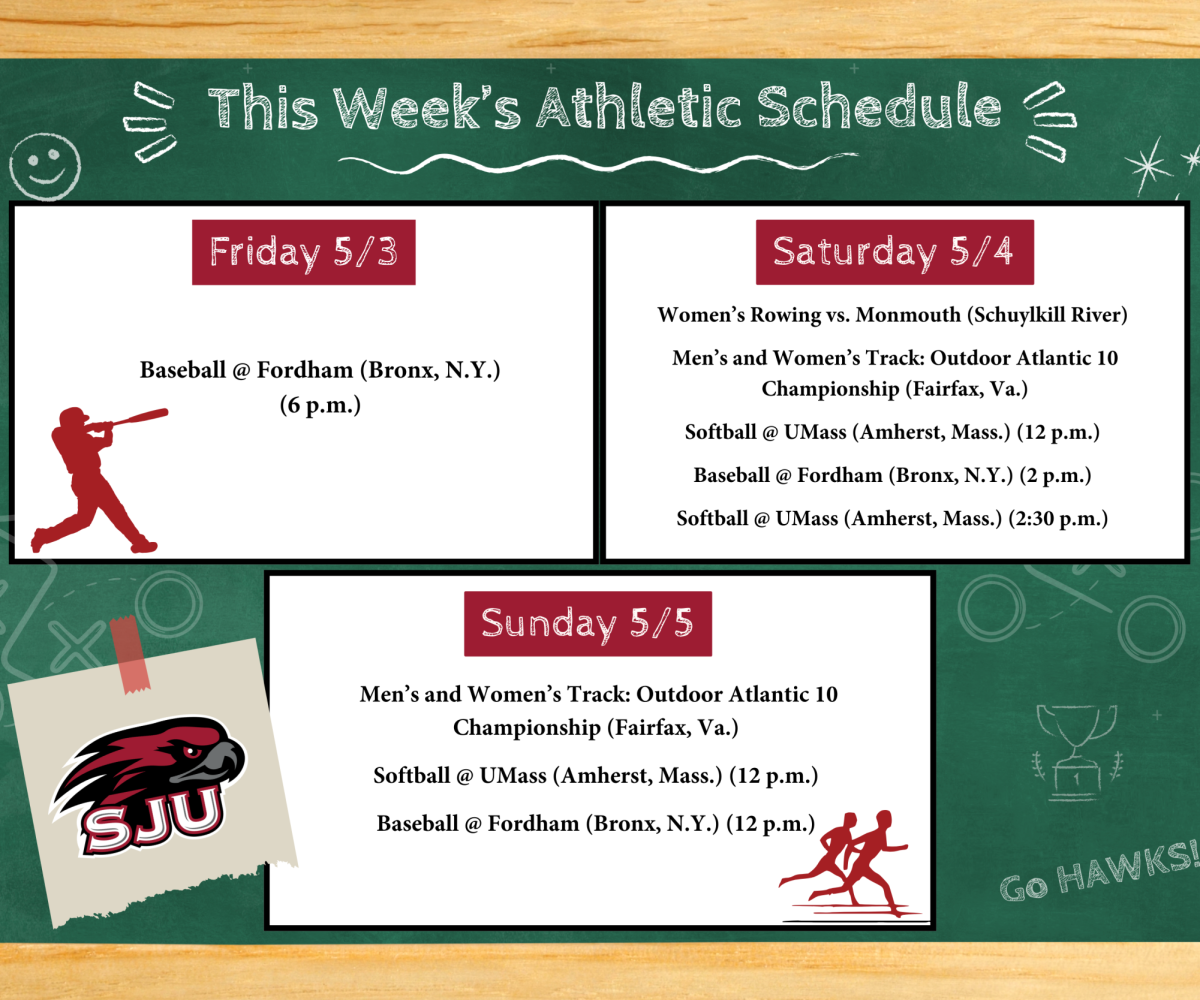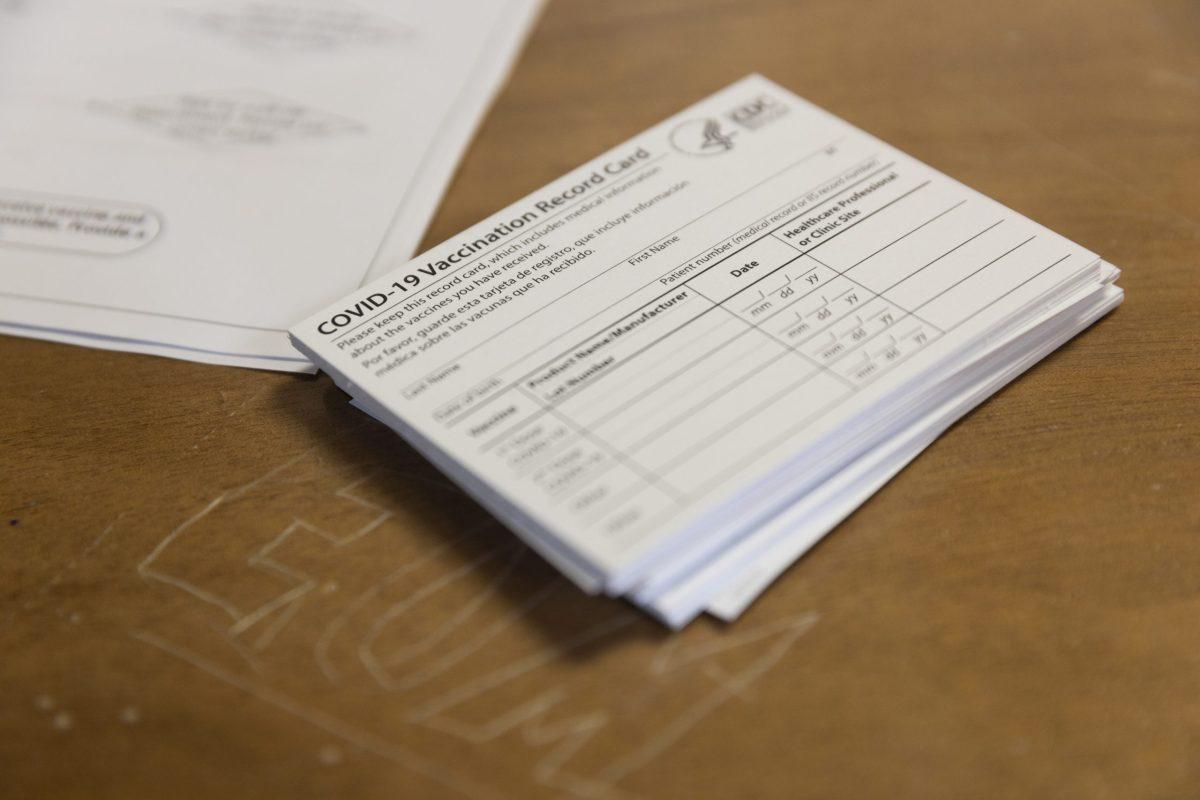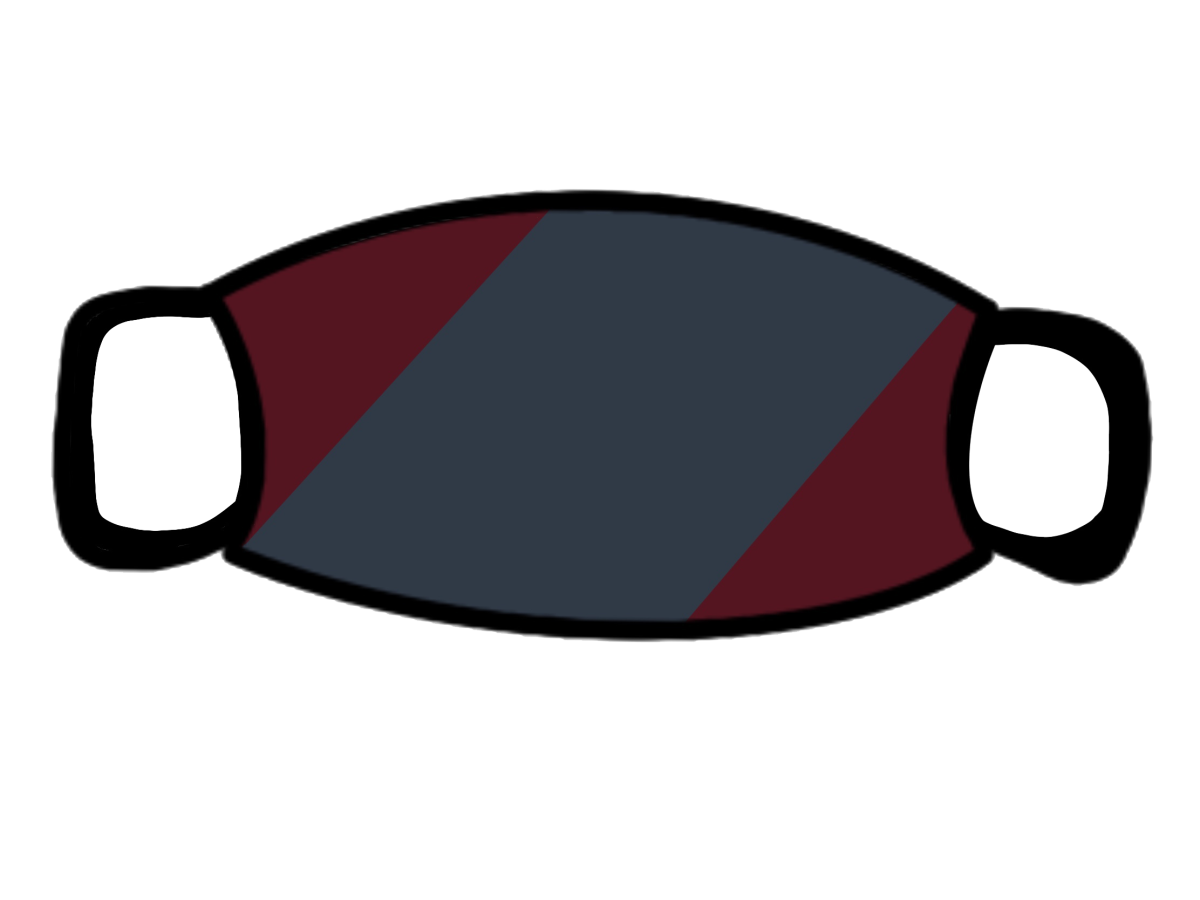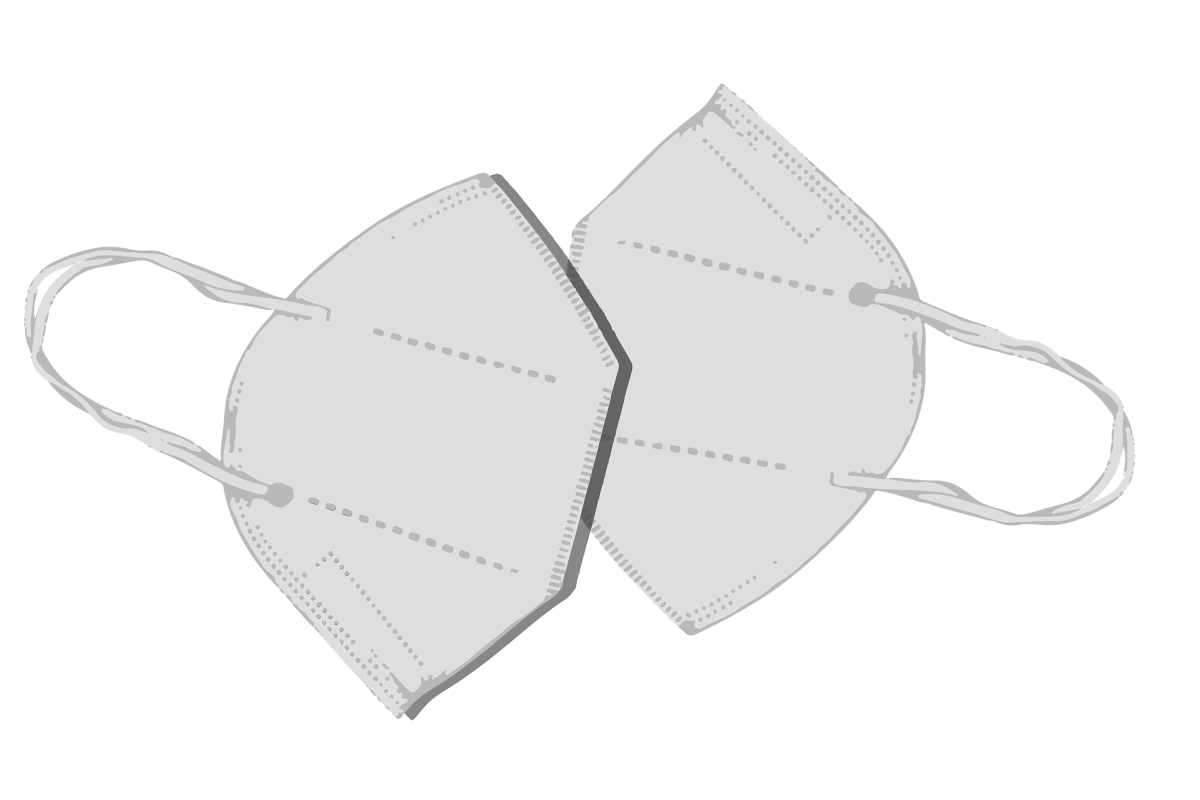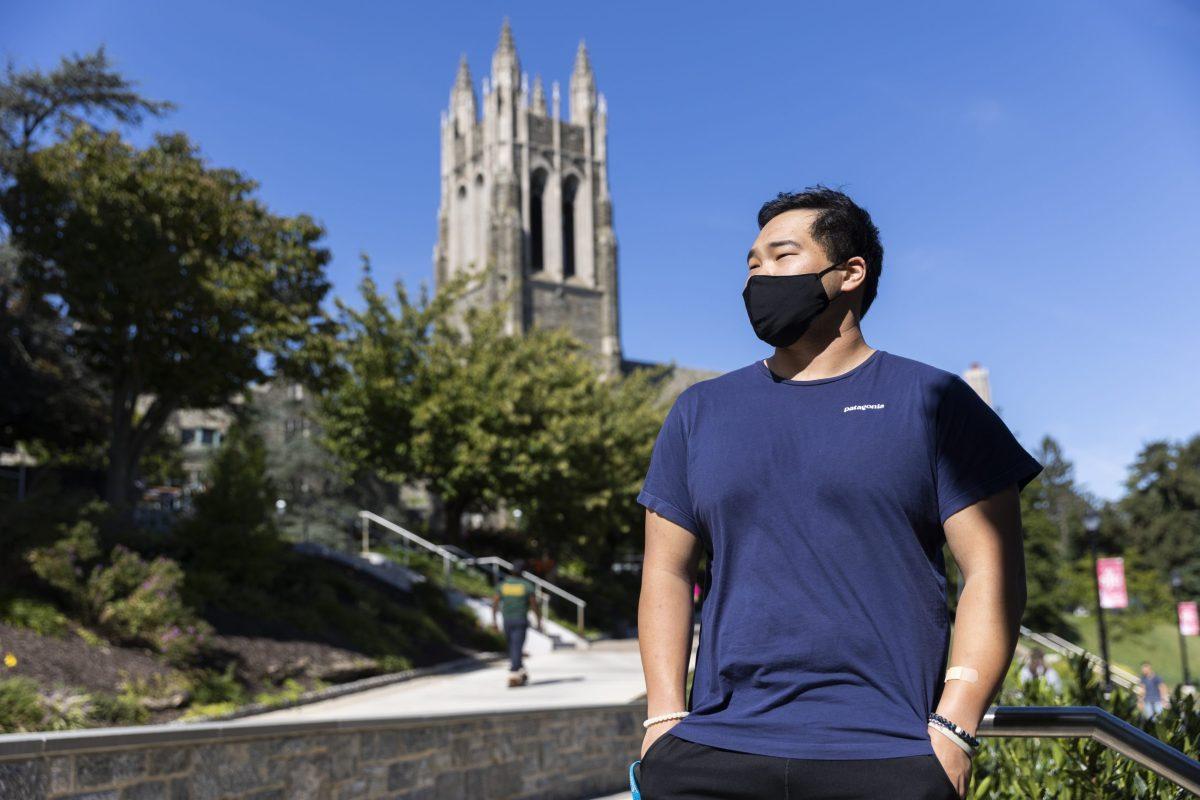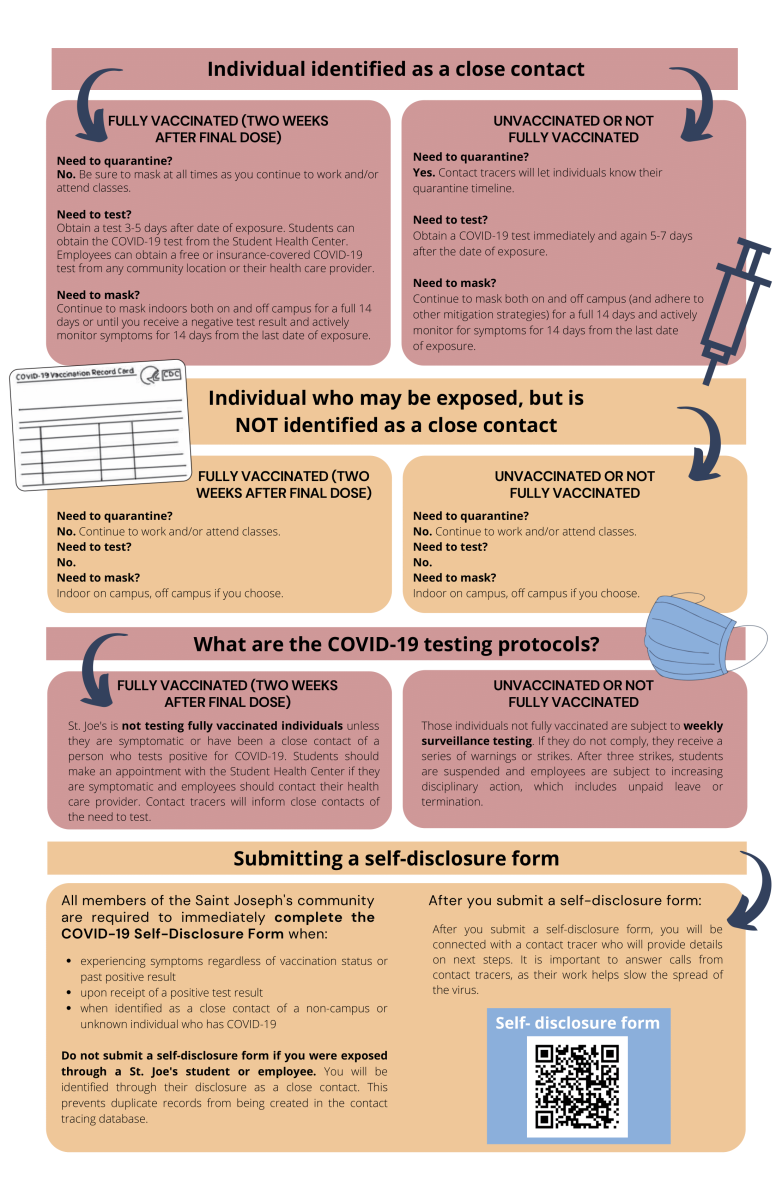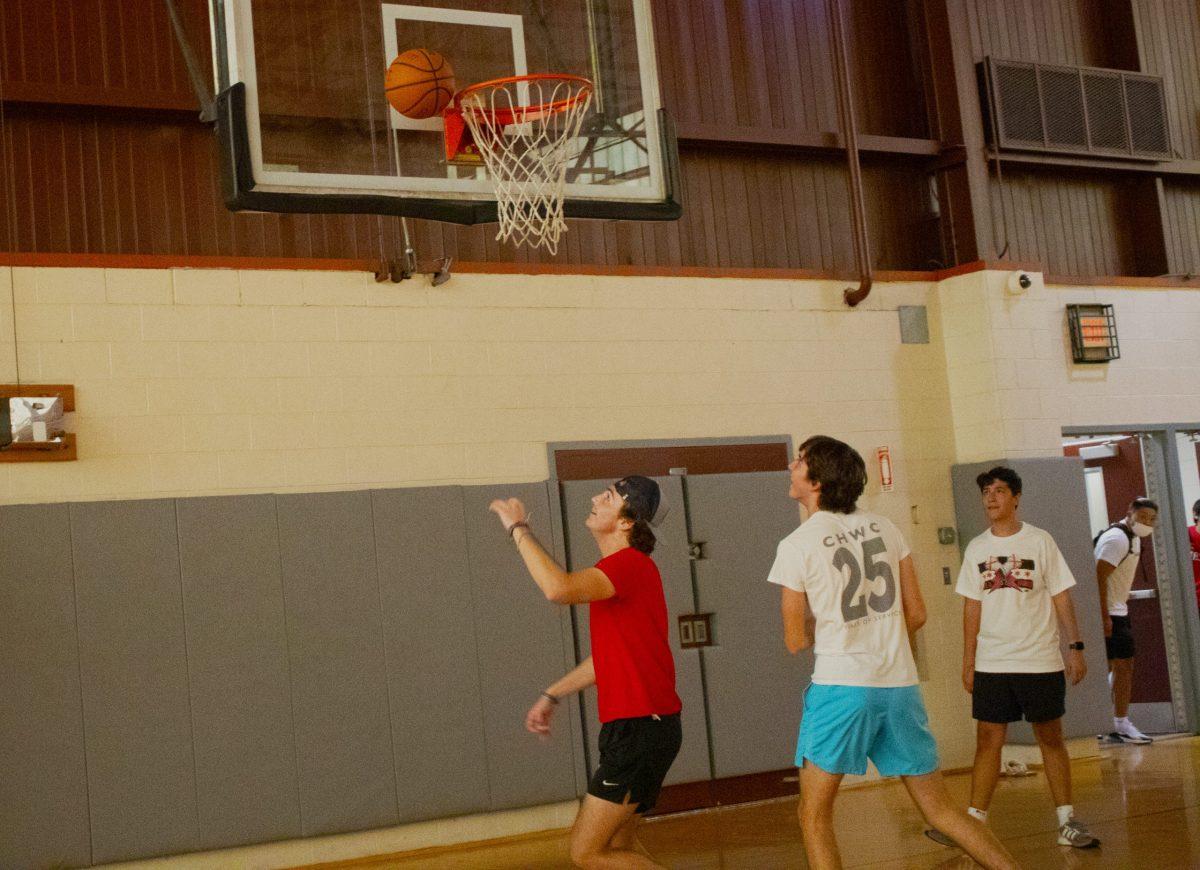St. Joe’s faculty and staff who are eager to get COVID-19 vaccines are finding they have inconsistent access to the vaccine due to their varying residential zip codes, underlying health conditions and age ranges.
Officials in surrounding counties such as Chester, Delaware and Montgomery, where many professors live, warn that it could take several months to vaccinate residents in phase 1A, which consists of people 65 years and older and people with high-risk conditions. University faculty and staff are considered a part of phase 1C in these counties.
“I look at the entire vaccine rollout as a failure to act as one country,” said Susan Liebell, Ph.D., associate professor of political science. “In my opinion, the vaccine should have been rolled out according to national standards because we’re one nation and they should have set those standards.”
University educators are categorized differently than K-12 educators, who are currently eligible to get the vaccine.
James Garrow, director of communications for the Philadelphia Department of Public Health (PDPH), said part of the reason for this prioritization is because a lot of university-level instruction can take place virtually while students in K-12 learn better in the classroom.
“We’re prioritizing the groups that have the higher levels of adverse outcomes, from being stuck in their house,” Garrow said.
Aisha Lockridge, Ph.D., associate professor of English and Faculty Senate president, said she agrees with this prioritization.
“Most of us have a two- or three-day schedule. We can at least work with the school to get a hybrid course or try to get a course online,,” Lockridge said. “We have a lot more room than educators for younger students have.”
The uncertainty surrounding vaccination is driving faculty concerns about plans for the fall 2021 semester. Some faculty are reluctant to commit to in-person teaching now without knowing if they will be vaccinated by the fall. Students begin registering for fall classes on April 6, and faculty had to submit course modalities prior to that.
When asked how vaccination rates will affect the university’s recommendations for faculty as they plan for their 2021 fall course modalities, Gabrielle Lacherza, public relations manager, wrote in response to written questions from The Hawk that “student need and public health guidance” will govern methods of instruction.
Additionally, Lacherza said she expects current instructional methods to change over the summer as guidelines from the Centers for Disease Control and Prevention (CDC) and the PDPH are updated.
“There will be an expanded drop-add period in August because of expected instructional method changes,” Lacherza said. “We will be on ground as much as possible to meet student interest.”
Lockridge said that as the St. Joe’s community gets closer to herd immunity, it is reasonable to insist that classes occur in person. The CDC defines herd immunity as when a sufficient proportion of a population is immune to an infectious disease (through vaccination and/or prior illness) to make its spread from person to person unlikely. The specific proportion for COVID-19 is not yet known, according to the CDC.
“I do think professors need to have some level of choice based on their own health concerns,” Lockridge said. “That’s not going to be forever. We have to put a timeline on it. But we need to be careful about putting students and faculty into unsafe situations.”
Sally Kuykendall, Ph.D., chair of the health studies department, is part of the Vaccine Working Group, a university committee led by Cary Anderson, Ed.D., associate provost and vice president for Student Life, and was created to follow updates surrounding vaccine distribution.
Kuykendall wrote in an email to The Hawk that current estimates are that 70-85% of the geographical region, not just faculty, need to be vaccinated in order to achieve community immunity.
“Achieving 85% vaccination of faculty will not work if student vaccination rates are low,” Kuykendall wrote. “Furthermore, people who are vaccinated may carry the virus asymptomatically or the virus could mutate to develop immunity against the vaccine.”
Lockridge said the university has applied to be a vaccination site.
“[It] would give faculty, staff, students and community members better access,” Lockridge said. “I know those types of things are being advocated for on a regular basis. Students want to be on ground and I think professors are nervous to be on ground without a vaccine, but recognize the need to be [in person] and how helpful it is for students.”
Kuykendall said the university does not have adequate “clinical facilities” to offer a vaccine clinic.
“This is not to say that the university would not entertain conversations if the opportunity arose,” Kuykendall said. “The infrastructure to support mass immunization is simply not on campus right now.”

